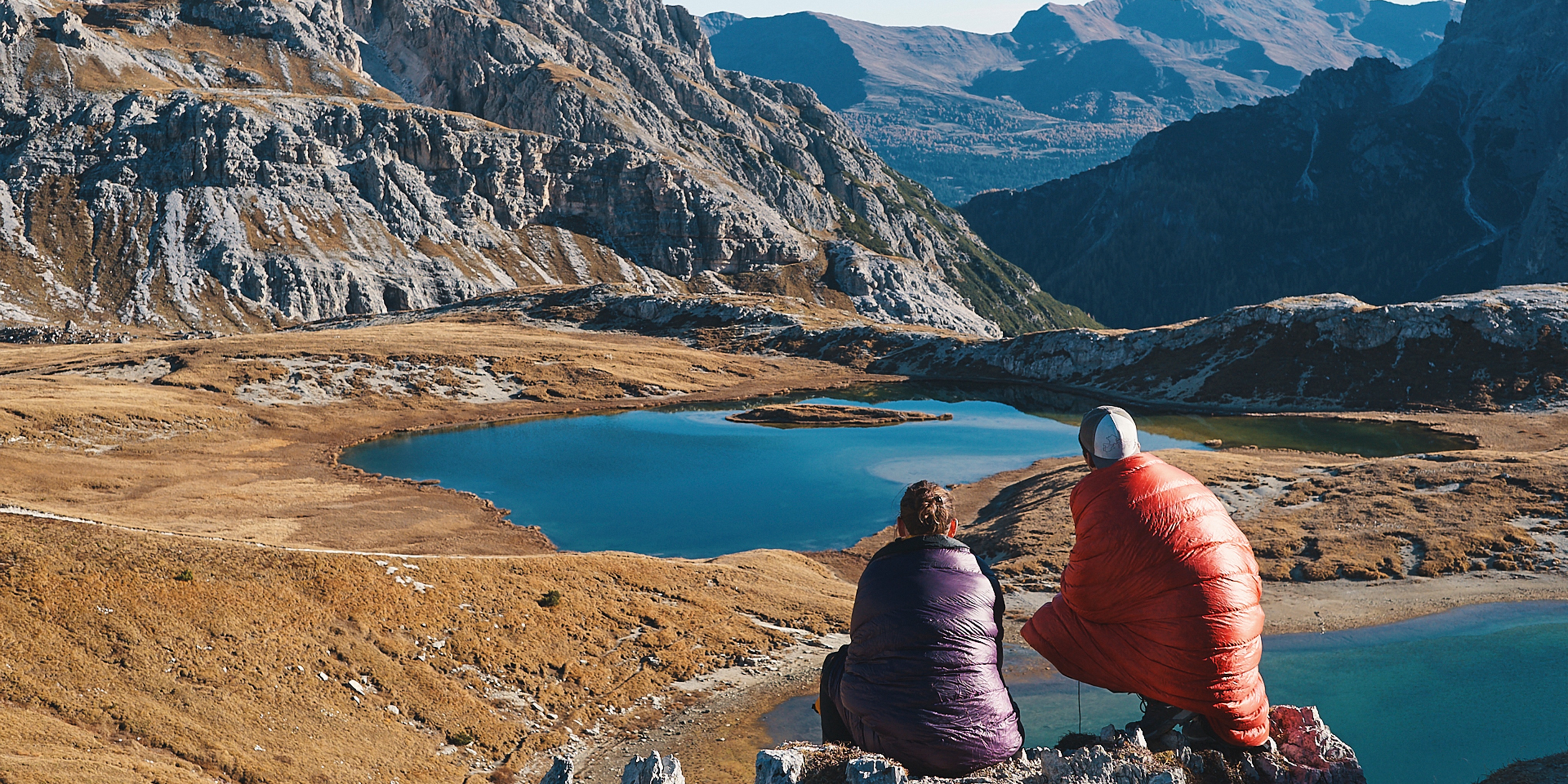We take pride in using responsibly-sourced PFC-free DownTek, Climashield APEX, and some of the lightest fabrics and materials on the market today. The result is a line of products that are lightweight and versatile, beloved by thousands of people who enjoy being outside.
We stand against domestic violence, and we partner with Freeset and the Women’s Resource Center of Winona to lift women out of dangerous situations.



